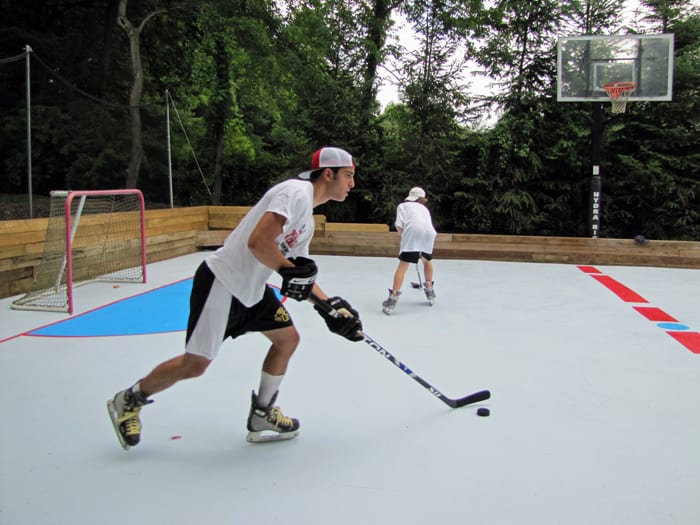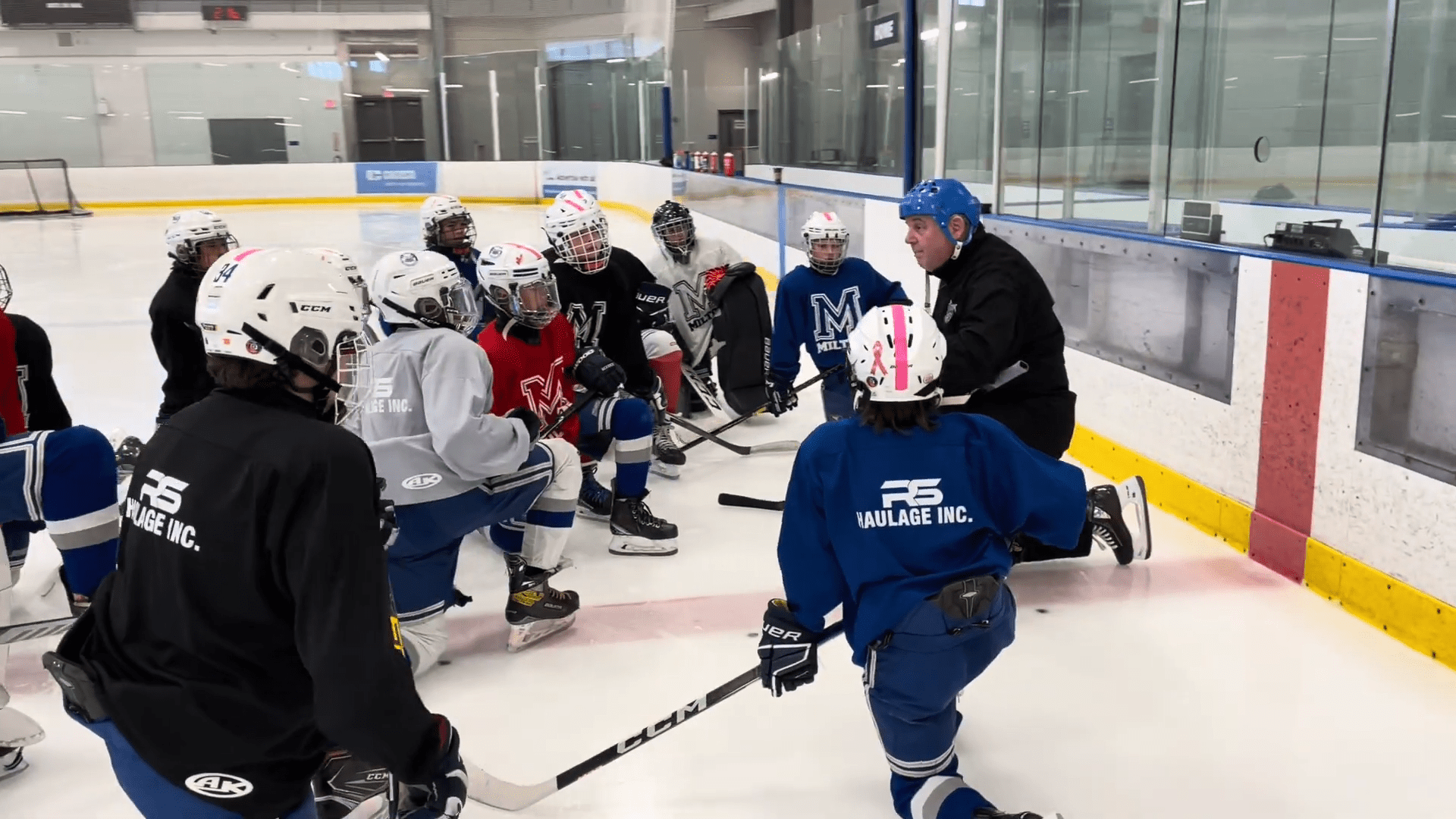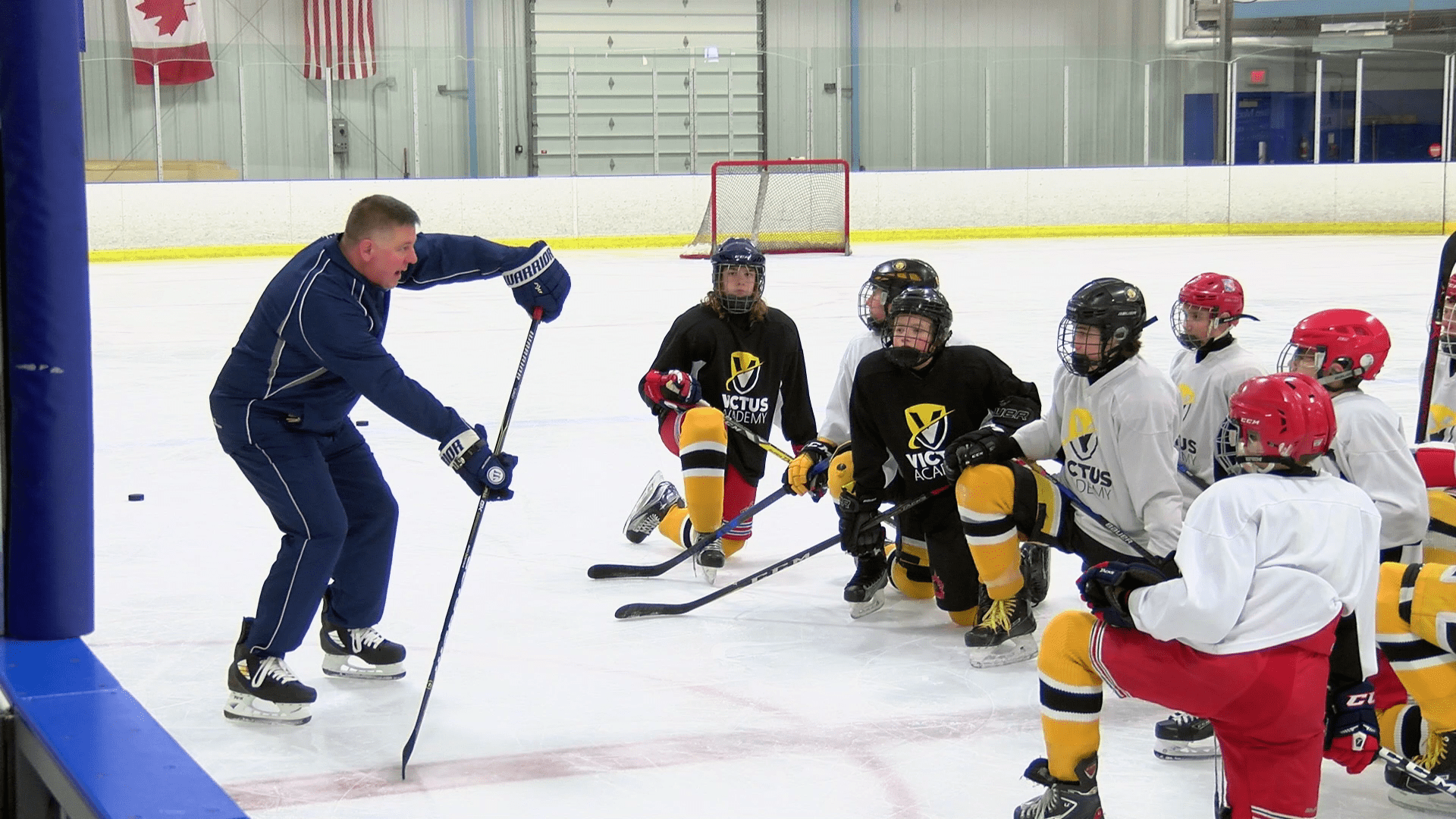A major barrier for many hockey players is access to a proper facility for training.
For some, especially those in warmer areas, synthetic ice has been a life saver. Synthetic ice can be used in regions with warm climates where maintaining a real ice rink would be very expensive and sometimes nearly impossible. Many places in North America however actually opt to use synthetic ice for training as an alternative option as well. It is generally made of high-density polyethylene, and it does a decent job of emulating the feel of real ice. If you’ve never tried it before, or are thinking about training on it one day, here are a few things you should know.
Resistance
There is a significantly larger amount of friction when skating on synthetic ice, meaning that even the strongest skaters will experience more resistance than they would on natural ice. This is largely due to the physical properties of the materials used but can also be attributed to the fact that synthetic ice does not melt with the skate blade like natural ice does. When the blade grazes real ice, it heats the top layer enough to produce a small amount of water. This makes for a more slippery surface and reduces resistance as a player skates around. There are liquids that can be used with synthetic ice, but they don’t reduce drag as much as this effect does on real ice.
This higher resistance on synthetic ice can actually be a positive thing for new skaters allowing them to get a better feel and can act as a stepping-stone to playing on real ice.
For more experienced skaters, it offers resistance training and the extra effort required to skate can build muscle and strength that should translate to higher speed and durability on real ice.
Shooting
Because of the higher resistance that comes with synthetic ice, shooting will also feel different. A slapshot with the same force will not travel as far or as fast on synthetic ice. Competitive players may see this as a negative quality of the artificial surface. But in a similar fashion to resistance training, it can help players to develop a stronger, more accurate shot as they go up against an obstacle that they don’t normally experience on real ice. And for those who don’t have easy access to an ice rink, shooting on synthetic ice is a good alternative option.
Feeling
Synthetic ice certainly provides a more realistic feel than, say, inline skates, but that doesn’t mean it does a perfect job of mimicking real ice. As we’ve touched on, the resistance alone is enough to let one know that he or she is not skating on a natural rink. Although a skater can build up speed and get a strong glide going, the response of the synthetic ice just isn’t quite the same as that of real ice, but when used for training, can be very useful & economical.
Effect on Skates
Although advances have been made with material technology, synthetic ice still wears down skate blades significantly faster than real ice. This, again, is due to the additional friction as well as the properties of the materials that are simply more abrasive to any type of skate. This means that you may need to get your skates sharpened and even replace the blades more often, if you are skating on synthetic ice regularly. Fortunately, newer materials continue to reduce the damage done to skate blades, and the hope is that in the future it will be almost as good as real ice when it comes to minimizing this damage. Self-lubricating materials are also becoming more widely available and this goes a long way in helping with this.
Conclusion
Hockey was clearly designed to be played on real ice, and it doesn’t seem that synthetic ice will be replacing natural ice at any point in the near future. It simply doesn’t provide the response, speed, or feeling that one can get from a real ice rink. However, for practice and training it has some positive advantages.
Novice players may benefit from the slower movement of synthetic ice as they become more familiar with their center of balance and shooting abilities, while experienced players can use the extra resistance to help build more muscle and speed.
Players in warm weather regions can use synthetic ice year-round without having to pay large amounts or travel long distances just to work on their hockey skills.
So, while real ice will always be king, when it comes to training, there is certainly a time and a place for a quality synthetic ice!







